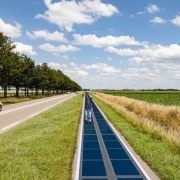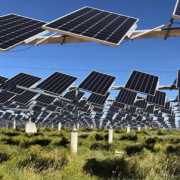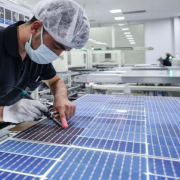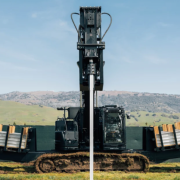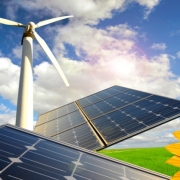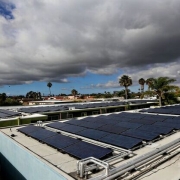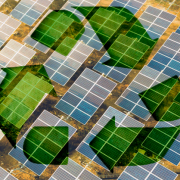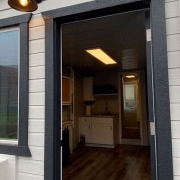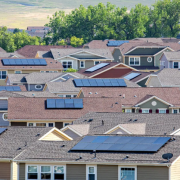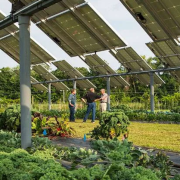The Dutch province of North Brabant has announced the start of construction of a 500-meter-long, ground-mounted solar cycle path along the provincial N285 road near Wagenberg.
The PV system will be integrated into the asphalt top layer and will consist of 600 solar panels of an unspecified type. “This project is mainly intended to gain more experience with the deployment of solar cells on bicycle paths,” the provincial government said, noting that two similar systems have already been deployed along the N395 road near Oirschot and along the N324 road near Grave, in North Brabant itself.
During a 5-year period, provincial government experts will assess, in particular, the resistance of the solar modules to the mechanical stress applied by the presence of pedestrians and bikers, the costs for their maintenance, and the PV system energy yield.
Click here to read the full article
Source: PV Magazine
—
If you have any questions or thoughts about the topic, feel free to contact us here or leave a comment below.

